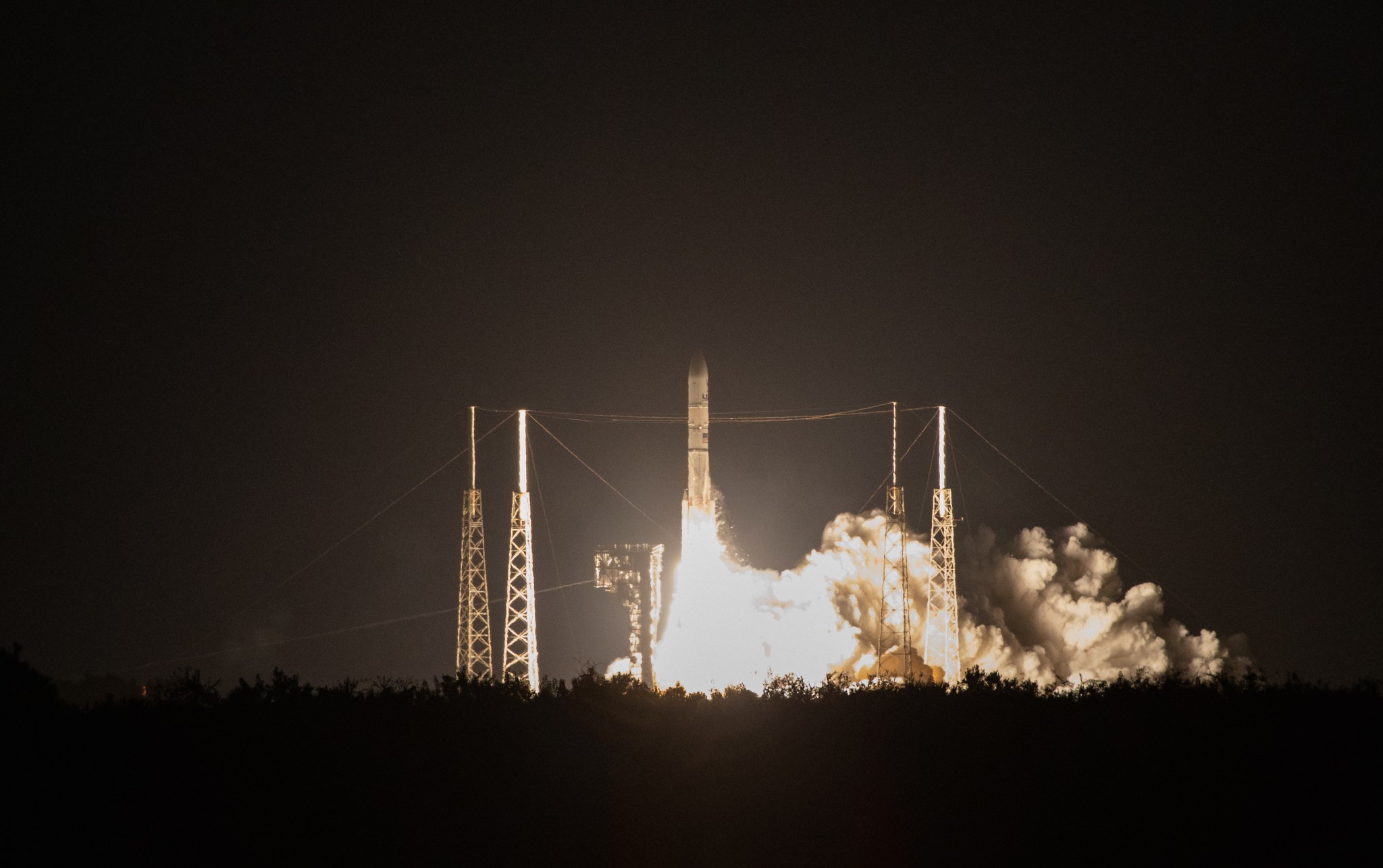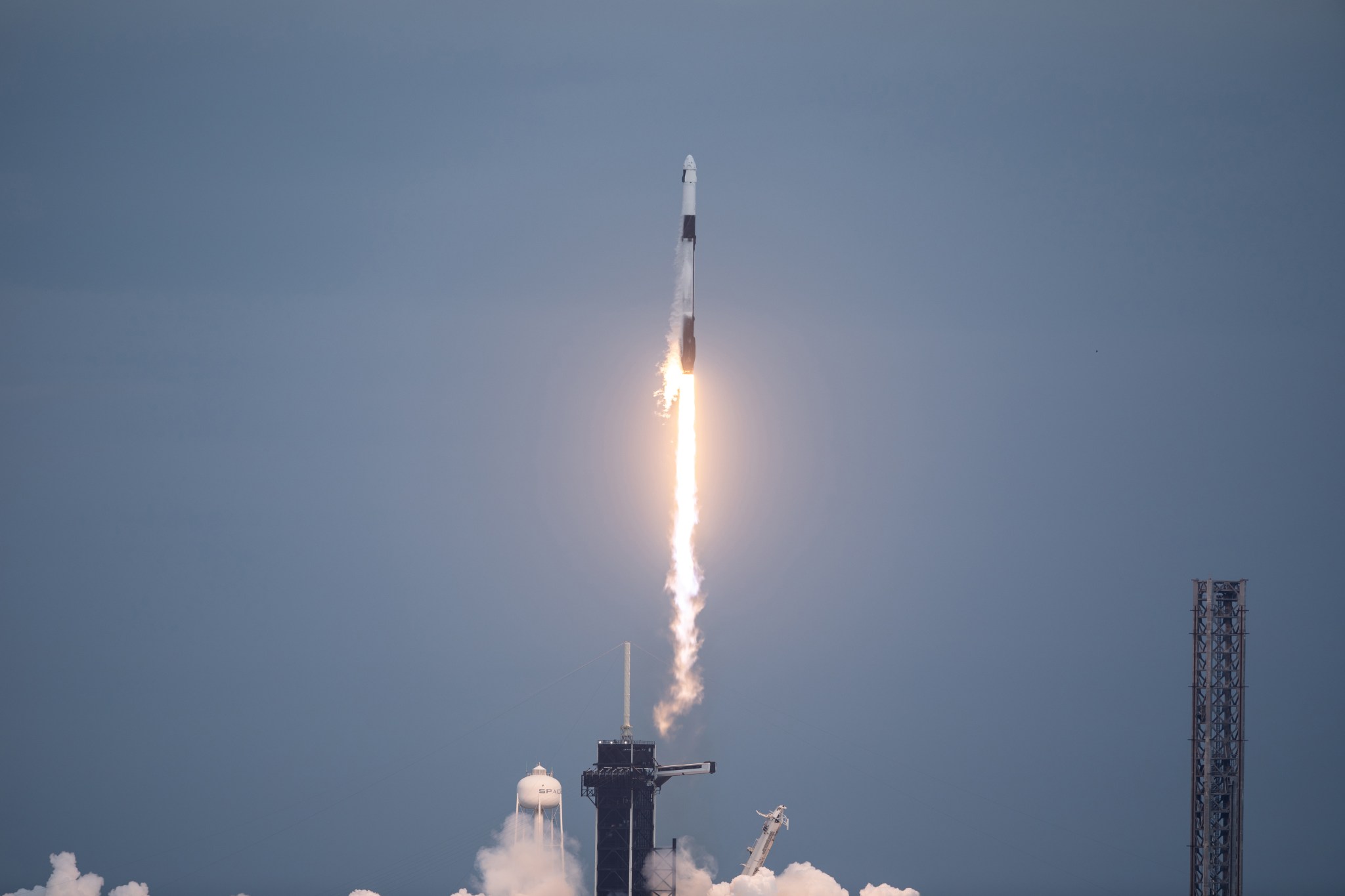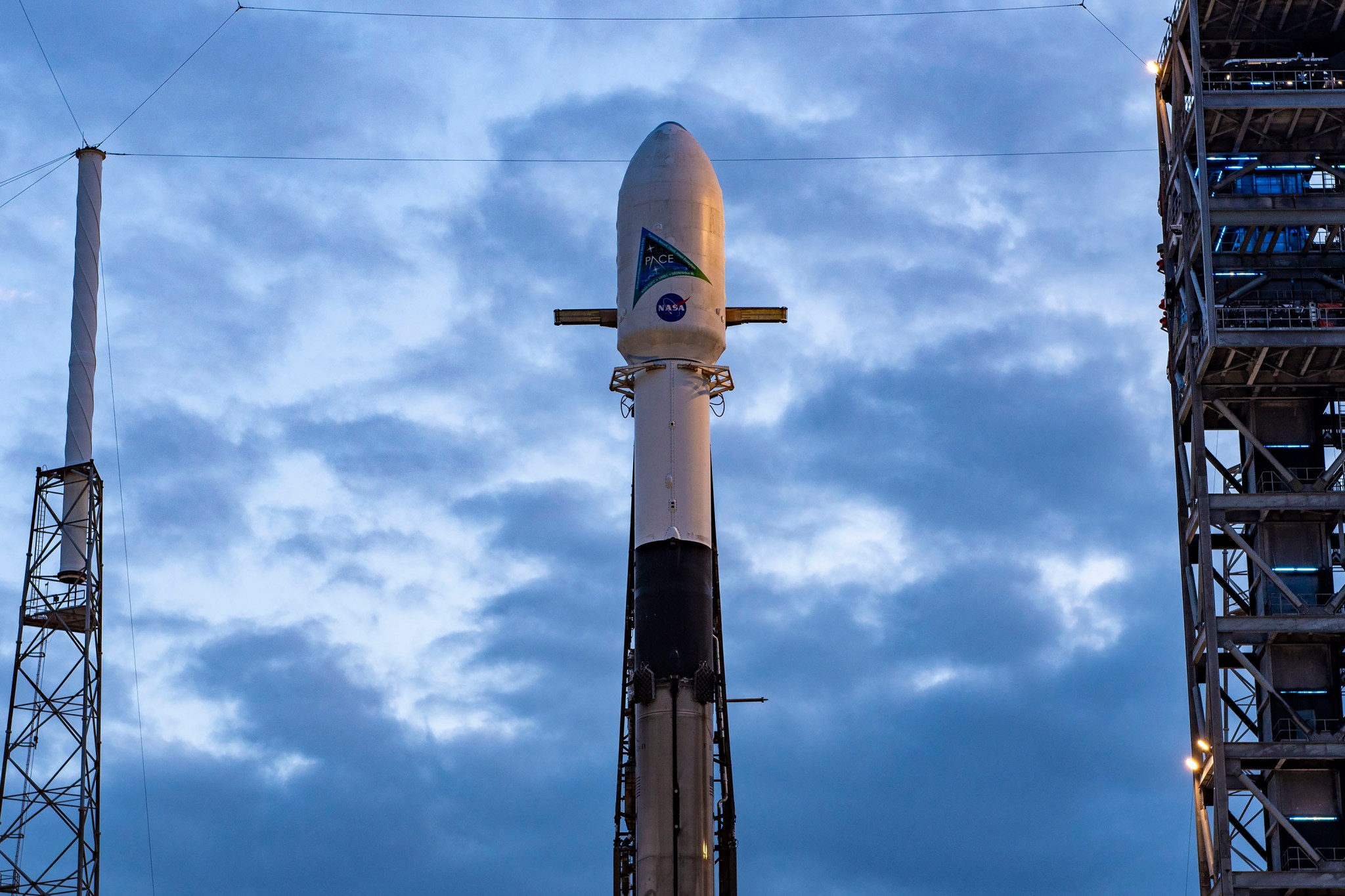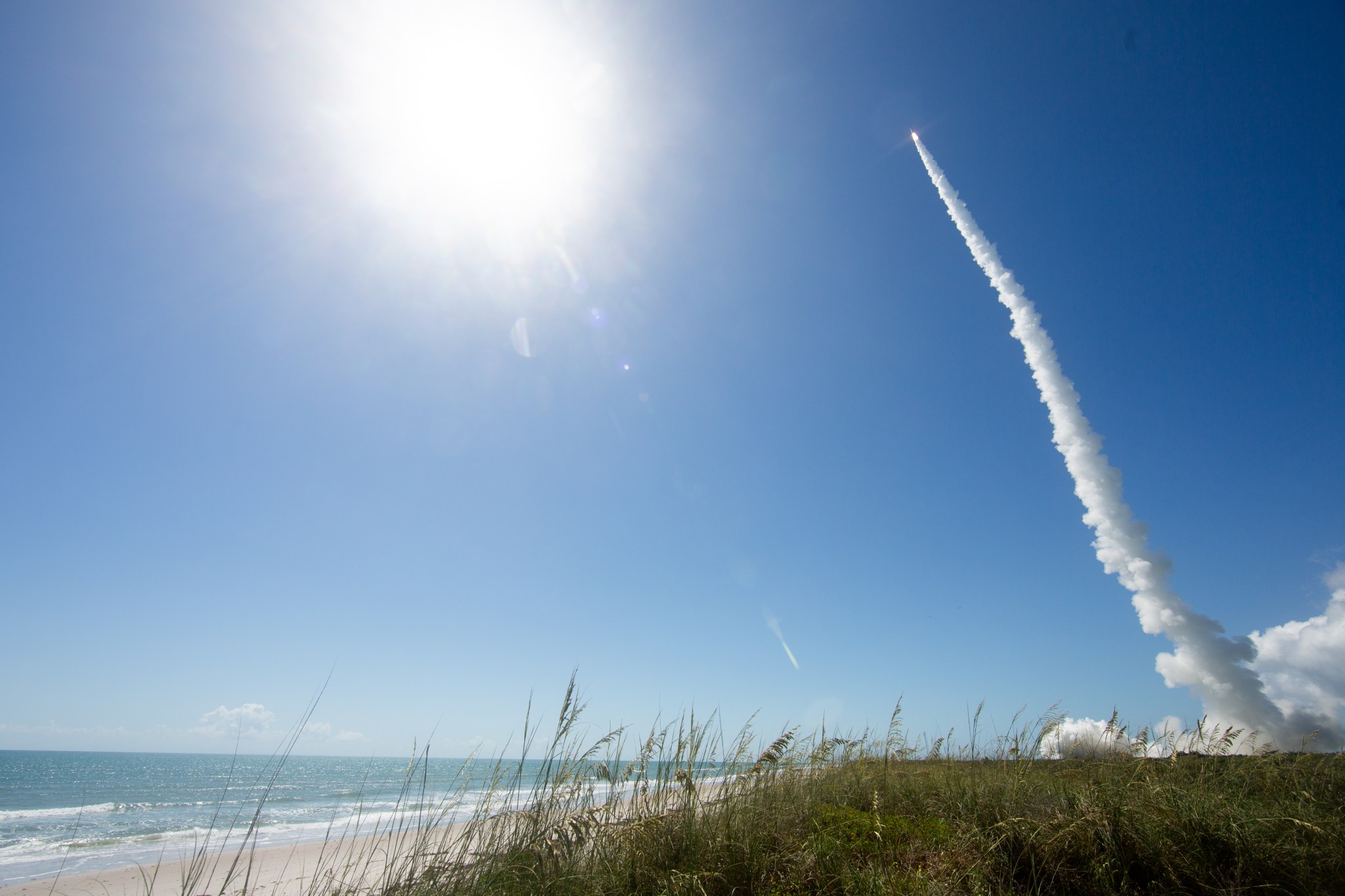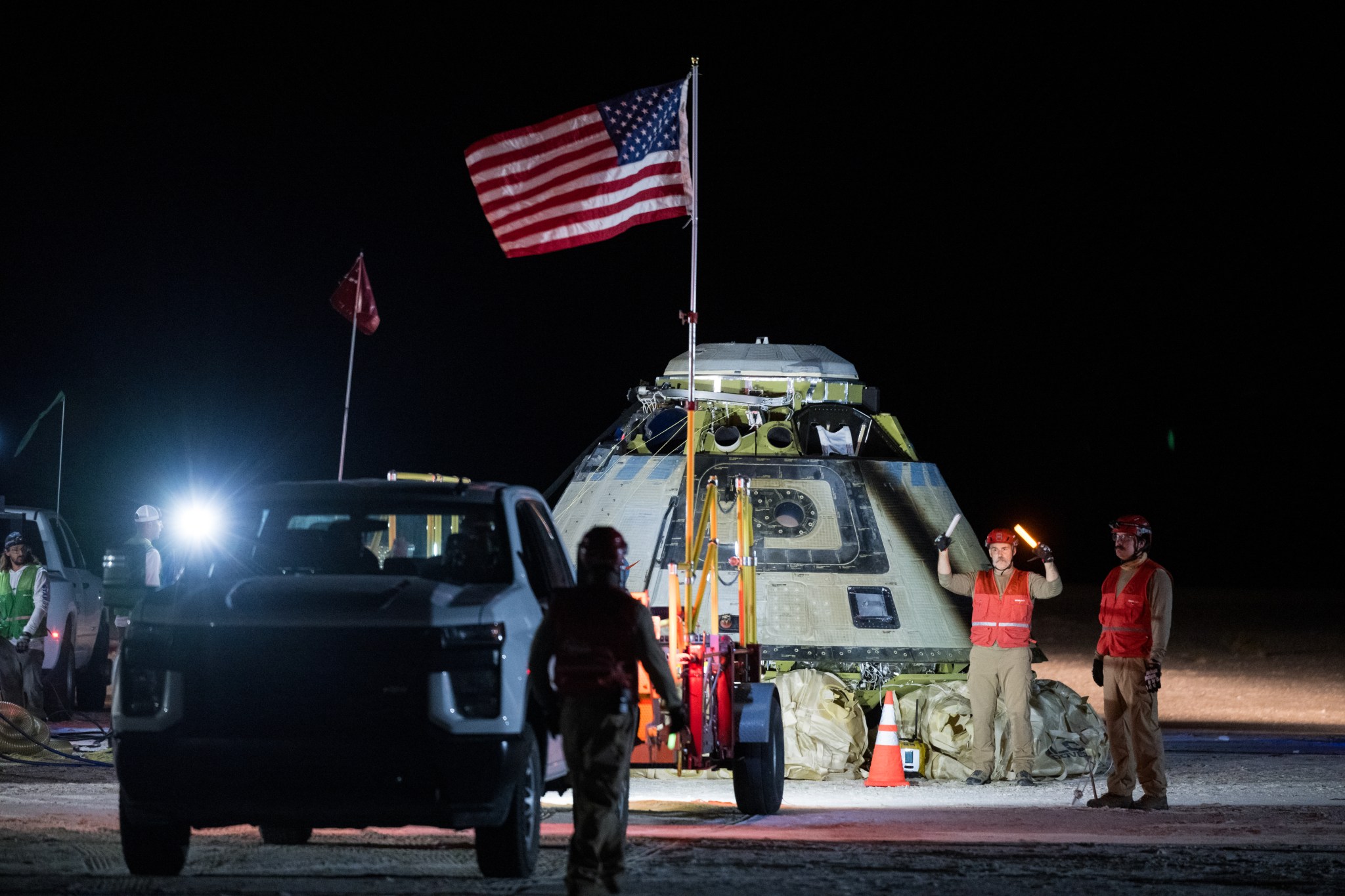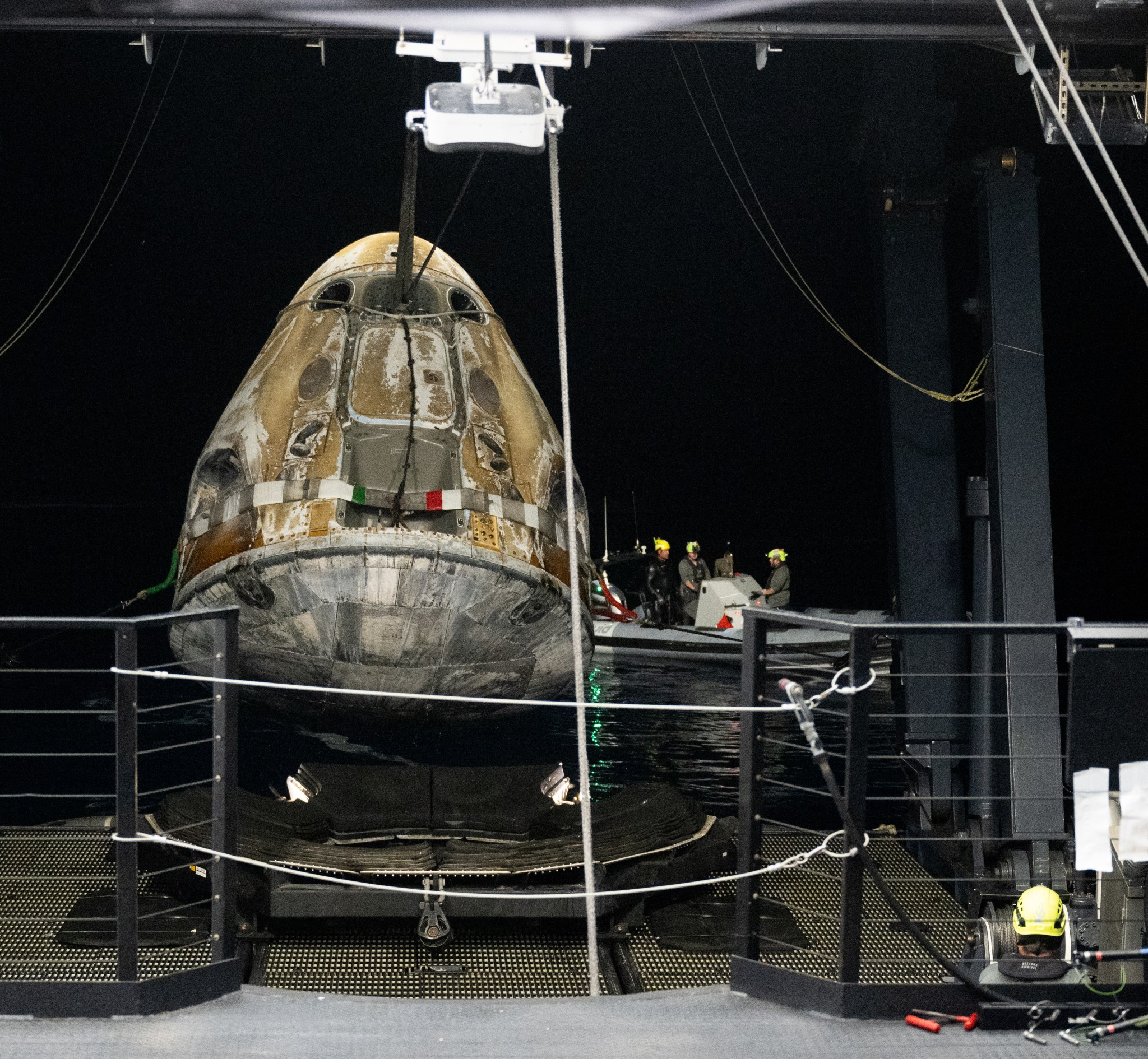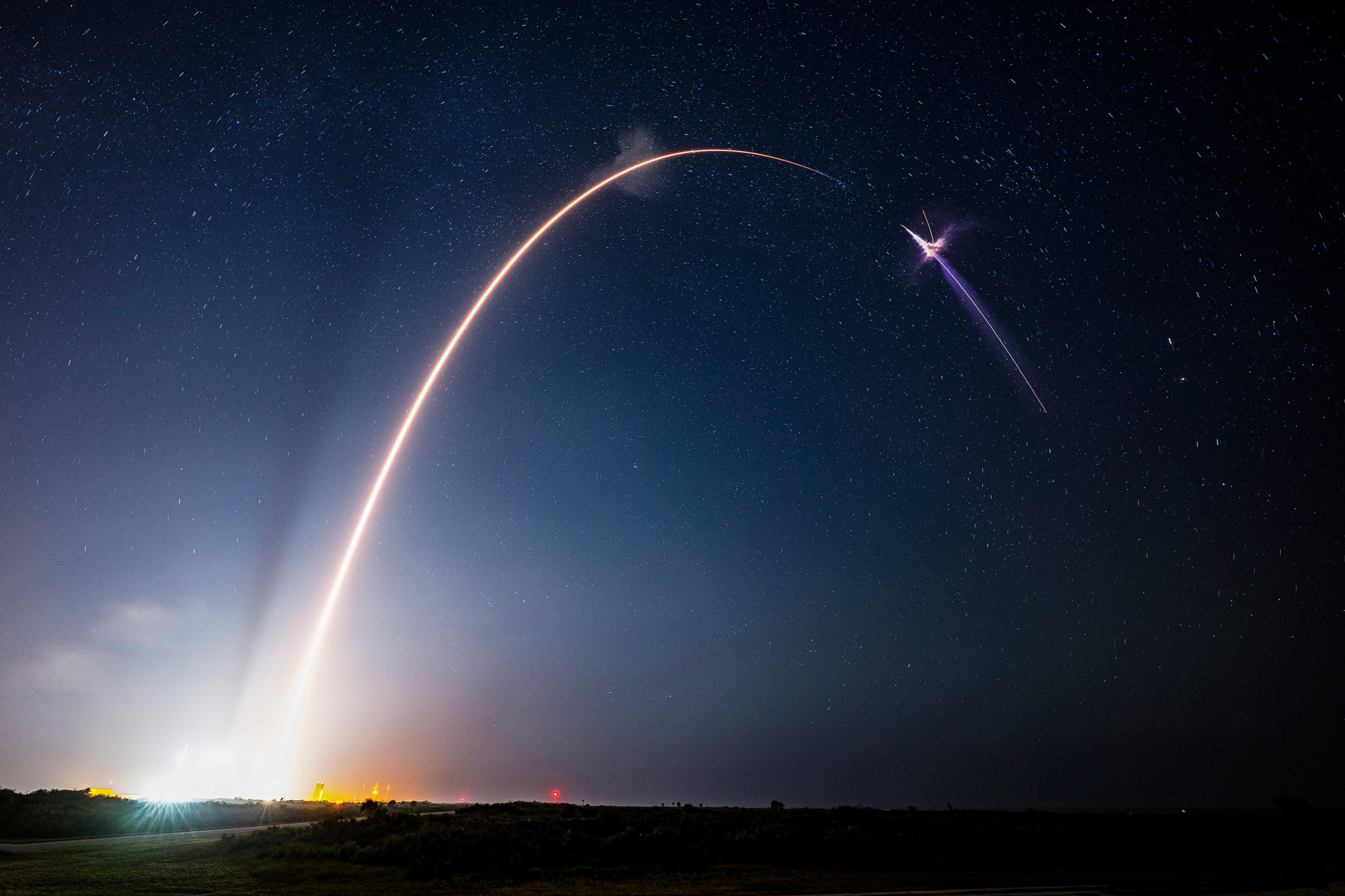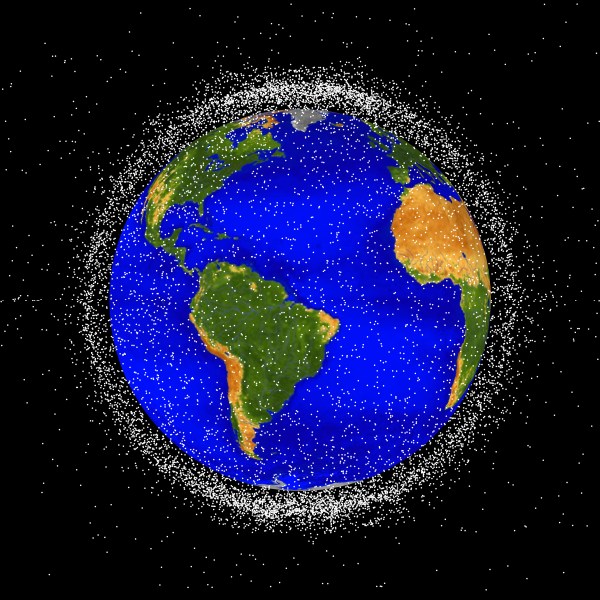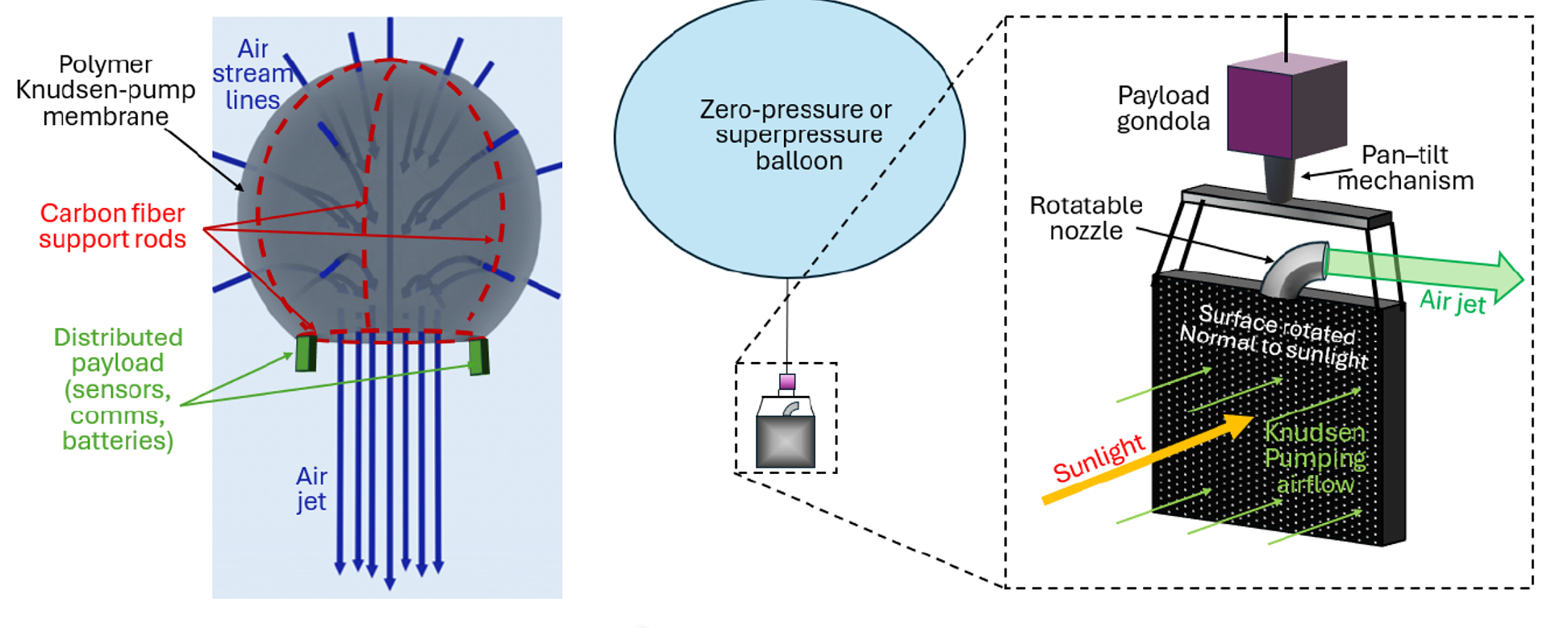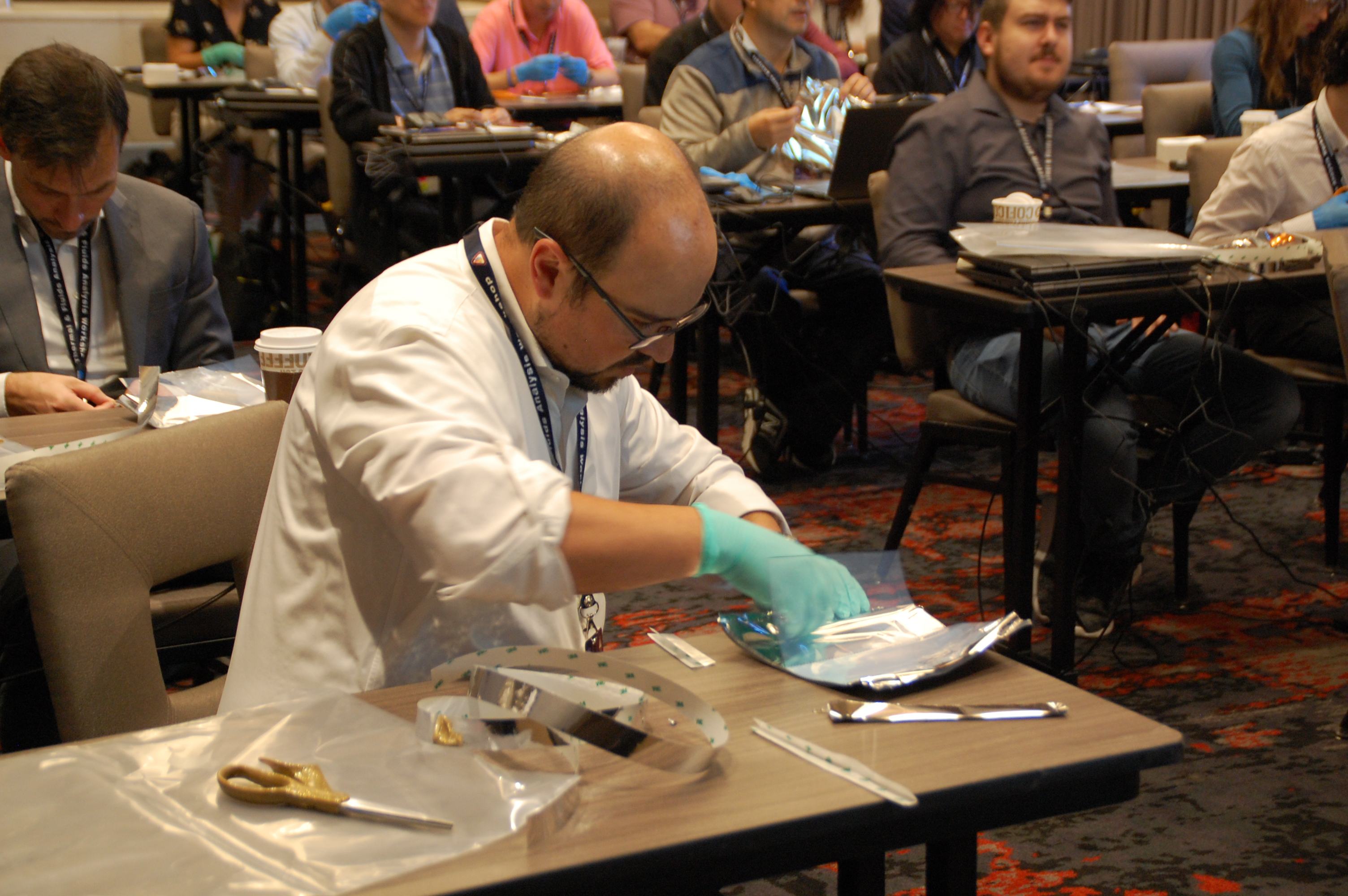NASA Kennedy Top 24 Stories of 2024
From sending crew members to the International Space Station to launching a spacecraft to Jupiter’s icy moon Europa to determine if it could support life, 2024 was a busy record setting year for NASA and its partners at Kennedy Space Center in Florida. JANUARYFirst Lunar Lander Takes Flight The first flight of NASA’s CLPS (Commercial […]
From sending crew members to the International Space Station to launching a spacecraft to Jupiter’s icy moon Europa to determine if it could support life, 2024 was a busy record setting year for NASA and its partners at Kennedy Space Center in Florida.
JANUARY
First Lunar Lander Takes Flight
The first flight of NASA’s CLPS (Commercial Lunar Payload Services) initiative lifted off with Astrobotic’s Peregrine Mission One lunar lander aboard the inaugural launch of United Launch Alliance’s (ULA) Vulcan rocket on Jan. 8 from Space Launch Complex-41 at Cape Canaveral Space Force Station in Florida to study the lunar exosphere, thermal properties, and magnetic fields on the Moon’s surface. This mission became the first U.S. commercial lander to launch to the lunar surface; however, the spacecraft experienced a propulsion issue that prevented the landing on the Moon.
JANUARY
Third Private Mission to Space
At the world’s premier multi-user spaceport, the four-person crew of Axiom Mission 3 became the third private astronaut mission to launch to the International Space Station on Jan. 18 from Launch Complex 39A. The crew completed more than 30 research experiments developed for microgravity in collaboration with organizations across the globe.
JANUARY
Food and Supplies Delivered to the International Space Station
Northrop Grumman’s Cygnus spacecraft launched on a SpaceX Falcon 9 rocket for the first time on Jan. 30 from Space Launch Complex 40 at Cape Canaveral Space Force Station. The company’s 20th resupply mission brought 8,200 pounds of science investigations, supplies, and equipment to the International Space Station.
YouTube
FEBRUARY
Understanding Earth’s Climate
NASA’s PACE (Plankton, Aerosol, Cloud, ocean Ecosystem) is a mission to observe and explore what makes Earth so different from every other planet we study – life itself. Three-quarters of our home planet is covered by water, and PACE’s advanced instruments provide new ways to study life at the ocean’s surface by measuring the abundances and distributions of microscopic algae known as phytoplankton. The observations are helping researchers better monitor ocean health, air quality, and climate change. PACE launched on a SpaceX Falcon 9 rocket from Cape Canaveral Space Force Station’s Space Launch Complex 40 on Feb. 8.
FEBRUARY
Intuitive Machines First Mission Lands on Moon
NASA’s CLPS initiative with Intuitive Machines’ made history when the Nova C-class lunar lander launched from Kennedy and later arrived on the Moon’s South Pole region known as Malapert A on Feb. 22.
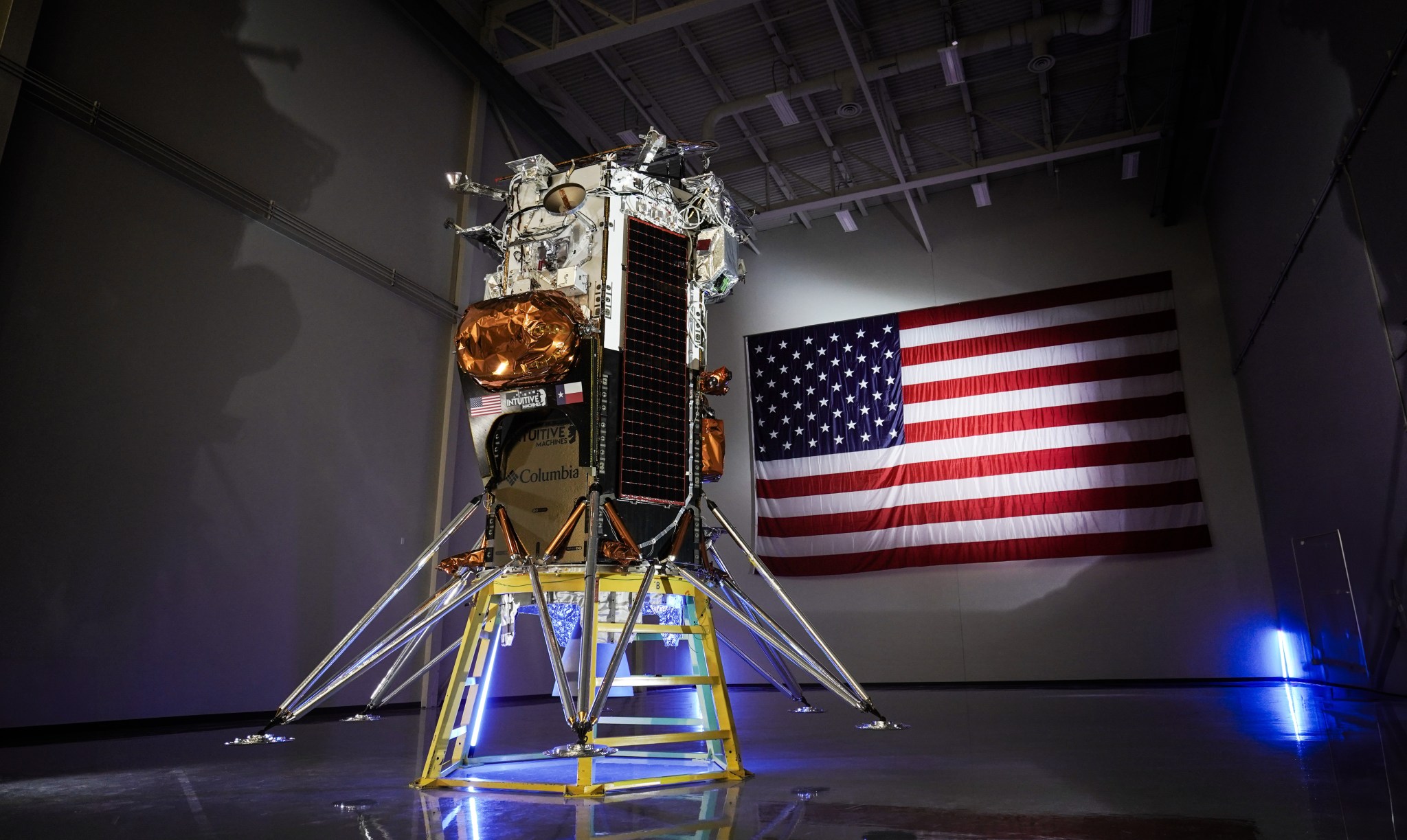
FEBRUARY
Artemis II Practice Procedures
Artemis II NASA astronauts Reid Wiseman, Victor Glover, Christina Koch, and CSA (Canadian Space Agency) astronaut Jeremy Hansen, NASA’s Exploration Ground System’s Landing and Recovery Team, and partners from the Department of Defense participated in the Underway Recovery Test 11 off the coast of San Diego. The operation mimicked procedures that will be used to recover the Artemis II crew and the Orion spacecraft after their return from the Moon, with the crew exiting a mockup of Orion into a boat and then ferried to a U.S. Navy ship.

MARCH
NASA’s SpaceX Crew-8 Quartet Launches to Space Station
NASA astronauts Matt Dominick, Michael Barratt, and Jeanette Epps, along with Roscosmos cosmonaut Alexander Grebenkin launched March 3 from Kennedy’s Launch Complex 39A on an eight-month science mission aboard the International Space Station.
MARCH
NASA’s SpaceX 30th Commercial Resupply Mission
Research and technology demonstrations, along with food and other supplies launched to the International Space Station aboard NASA’s SpaceX commercial resupply mission. A SpaceX Falcon 9 rocket carrying a Dragon spacecraft launched March 21 from Space Launch Complex 40.
APRIL
Solar Eclipse Captivates Nation
A total solar eclipse moved across North America, passing over Mexico, United States, and Canada on April 8. Kennedy provided coverage on air and online from every city’s point of totality for viewers at home.
MAY
NASA Welcomes New Commercial Resupply Spacecraft
Sierra Space’s Dream Chaser arrived at Kennedy on May 18 following testing at the agency’s Armstrong Test Facility in Sandusky, Ohio. The uncrewed spaceplane is scheduled to launch aboard a ULA Vulcan rocket from Space Launch Complex 41 at Cape Canaveral Space Force Station in 2025, delivering thousands of pounds of cargo to the orbiting laboratory.
MAY
Historic Marker Honors Original Headquarters Location
Officials unveiled a large bronze historical plaque on May 28 to mark the location of NASA’s Kennedy Space Center’s original headquarters building just west of the current Central Campus Headquarters Building on NASA Parkway.

JUNE
NASA’s Boeing Crew Flight Test Launches First Crew
NASA astronauts Butch Wilmore and Suni Williams became the first crew to fly aboard Boeing’s Starliner spacecraft. Starliner launched on June 6 atop ULA’s Atlas V rocket from Space Launch Complex 41 as part of NASA’s Boeing Crew Flight Test to the International Space Station.
JUNE
Final NASA, NOAA GOES-R Launch
NOAA’s (National Oceanic and Atmospheric Administration) GOES-U (Geostationary Operational Environmental Satellite U) launched June 25 from Launch Complex 39A at Kennedy. The GOES-U satellite is the last of NOAA’s GOES-R Series, and it carries seven instruments that collect advanced imagery and atmospheric measurements, provide real-time mapping of lightning activity, and detect approaching space weather hazards.

JULY
Barge Carries Artemis II Core Stage to Kennedy
NASA’s SLS (Space Launch System) Moon rocket that will power humans to the Moon arrived July 24 at Kennedy. NASA’s Pegasus barge ferried the 212-foot-tall core stage from NASA’s Michoud Assembly Facility in New Orleans. The core stage remains at the Vehicle Assembly Building awaiting integration ahead of the Artemis II launch.
YouTube
AUGUST
NASA, Northrop Grumman Launch Supplies to Space Station
NASA science investigations, supplies, and equipment launched on Aug. 24 aboard a Cygnus spacecraft from Space Launch Complex 40 as part of Northrop Grumman’s 21st commercial resupply mission to the International Space Station.
SEPTEMBER
NASA’s Boeing Crew Flight Test Spacecraft Safely Lands
An uncrewed Boeing Starliner spacecraft undocked from the space station and landed on Sept. 7 at White Sands Space Harbor in New Mexico, completing a three-month flight test to the orbiting laboratory.
SEPTEMBER
NASA’s SpaceX Crew-9 Duo Heads to Space
NASA astronaut Nick Hague and Roscosmos cosmonaut Aleksandr Gorbunov launched to the International Space aboard a SpaceX Dragon spacecraft on Sept. 28 for a roughly five-month mission as part of NASA’s SpaceX Crew-9 mission. The launch was the first crewed mission from Space Launch Complex 40. Hague, Gorbunov, along with NASA astronauts Butch Wilmore and Suni Williams, are slated to return to Earth in early 2025.
OCTOBER
Mobile Launcher on the Move
NASA’s mobile launcher 1 made the 4.2-mile trek on Oct. 4 from Launch Complex 39B to the Vehicle Assembly Building in preparation for stacking the Artemis II Moon rocket. The mobile launcher had been at the launch pad since August 2023 undergoing integrated testing and upgrades. NASA’s crawler-transporter 2 also achieved a milestone reaching 2,500 miles traveled since its construction in 1965.
YouTube
OCTOBER
Jupiter Moon Mission Takes Flight
NASA’s Europa Clipper is the agency’s first mission to study Jupiter’s icy moon Europa to see if the ocean beneath the moon’s crust has the ingredients to support life. The spacecraft launched Oct. 16 aboard a SpaceX Falcon Heavy rocket from Launch Complex 39A. The Europa Clipper spacecraft will reach Europa in 2030.
OCTOBER
NASA’s SpaceX Crew-8 Back on Earth
NASA’s SpaceX Crew-8 astronauts Matthew Dominick, Michael Barratt, and Jeanette Epps, as well as Roscosmos cosmonaut Alexander Grebenkin, splashed down in their SpaceX Dragon spacecraft off the coast of Pensacola, Florida, on Oct. 25, completing a seven-month science mission aboard the International Space Station.
NOVEMBER
New Science and Supplies Sent to Space Station
A SpaceX Dragon spacecraft on a Falcon 9 rocket carrying more than 6,000 pounds of supplies launched Nov. 4, from Launch Complex 39A bound for the space station. The commercial resupply mission delivered essential supplies and supports dozens of research experiments during Expedition 72.
NOVEMBER
NASA’s Artemis II Booster Segments Take Shape
Engineers and technicians with the Exploration Ground Systems Program began stacking on Nov. 20, the first segment of the Artemis II SLS solid rocket boosters onto mobile launcher 1 inside the Vehicle Assembly Building.

DECEMBER
Record-Setting Year of Launches
More than 80 launches roared into space from Kennedy and Cape Canaveral in 2024, and 2025 promises to bring even more government and commercial missions to the Eastern Range.
What's Your Reaction?



















.jpg?#)
























